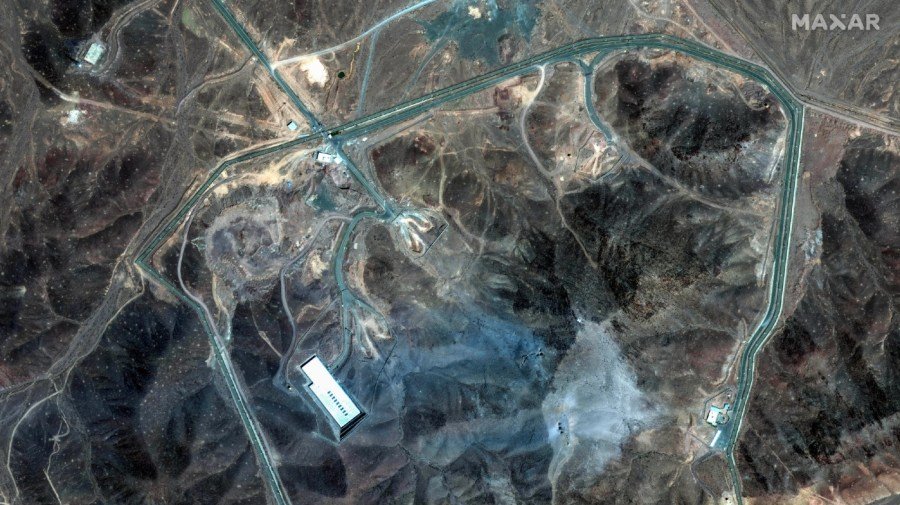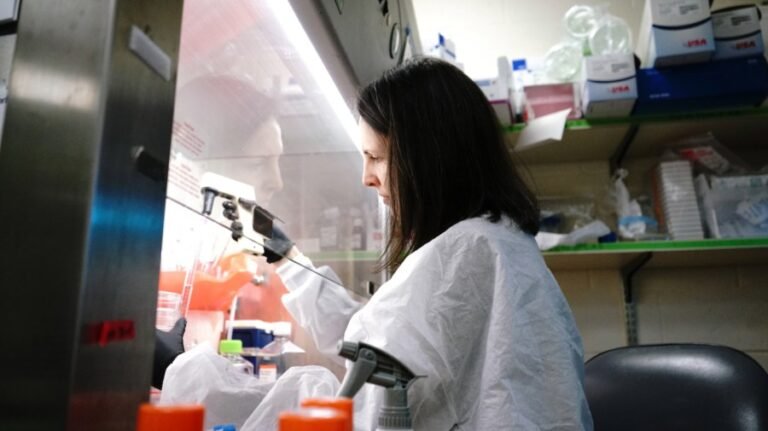
U.S. strikes on Iran this weekend likely inflicted “very significant damage” on three of its major nuclear facilities, the head of the United Nations-led International Atomic Energy Agency (IAEA) said Monday.
Speaking during an emergency gathering of the IAEA board of governors, Director-General Rafael Grossi stressed the impact hasn’t been independently assessed underground because of the ongoing conflict.
“There needs to be a cessation of hostilities for the necessary safety and security conditions to prevail so that Iran can let IAEA teams into the sites to assess the situation,” he said. “We continue to monitor the situation and encourage the Iranian regulator to maintain its contact with the IAEA’s Incident and Emergency Centre.”
“Our inspectors remain in Iran ready to undertake the required tasks when agreed with Iran,” he added.
The U.S. launched airstrikes targeting Iran’s uranium enrichment facilities Saturday after President Trump said last week that he would give Tehran two weeks to reach a deal to end its nuclear program.
The Atomic Energy Organization of Iran confirmed that three nuclear sites were hit in the American strikes: Fordow, Isfahan and Natanz. Iran informed the IAEA that there was no increase in off-site radiation levels at any of those three sites, Grossi said.
Fordow
Iran’s Fordow nuclear site, buried in a mountain south of the country’s capital, became a focal point in the escalating Israel-Iran war as the U.S. weighed stepping in to help Israel by deploying the weaponry necessary to target facilities deep underground.
The Trump administration claimed Fordow was “obliterated” in the strike, but Iranian officials quickly downplayed the impact.
Grossi told the IAEA officials that craters are visible at the site from satellite imagery, but inspectors need access to offer a full assessment of the damage.
“At this time, no one, including the IAEA, is in a position to have fully assessed the underground damage at Fordow,” he said. “Given the explosive payload utilized and the extreme vibration-sensitive nature of centrifuges, very significant damage is expected to have occurred.”
Grossi said Iranian officials notified IAEA earlier this month that the country was prepared to “adopt special measures to protect our nuclear equipment and materials.”
Isfahan and Natanz
Grossi said U.S. cruise missiles hit buildings at the Isfahan site over the weekend.
“Affected buildings include some related to the uranium conversion process,” Grossi said. “Also at this site, entrances to tunnels used for the storage of enriched material appear to have been hit.”
The U.S. dropped massive bunker buster bombs on Fordow, while launching Tomahawk missiles at the Isfahan and Natanz sites.
The Natanz nuclear facility, Iran’s main uranium enrichment site, was struck in Israel’s military campaign before the U.S. launched its own strikes.
Grossi said the Fuel Enrichment Plant was hit and noted the U.S. confirmed that it used “ground-penetrating munitions.”


